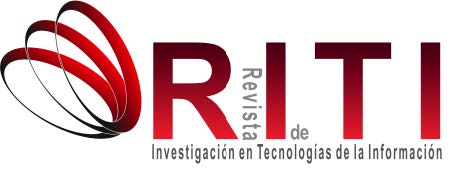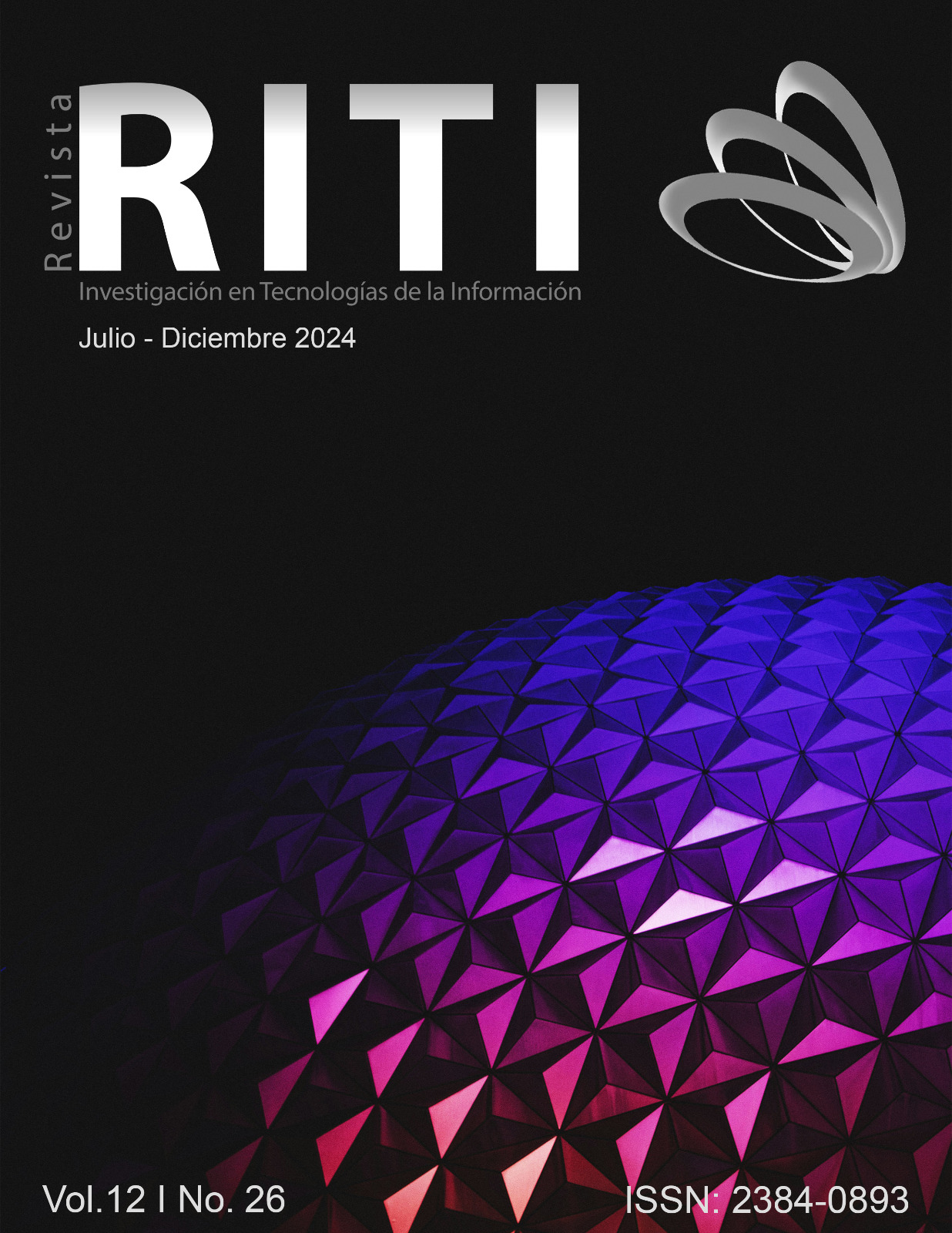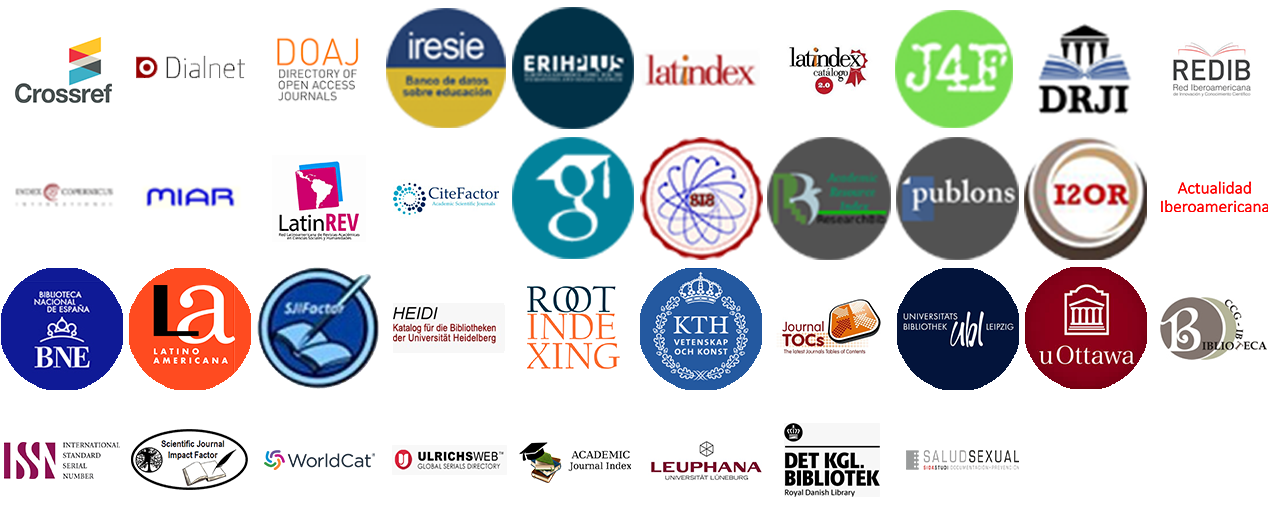Web platform for project management for the procurement of ICT goods and services
DOI:
https://doi.org/10.36825/RITI.12.26.012Keywords:
Information System, Web System, Project Management, Inventory, Public SectorAbstract
This work is carried out in a public Research Center in Mexico, which is subject to the Government's policies and regulations. In particular, the regulations that refer to the project management process for contracting ICT goods and services. The Information Technology Unit (UTIC) of the Research Center established a manual process to collect and centralize information on projects for ICT contracting at the institutional level, which was not previously carried out. This process proved to be complicated, inefficient and it has generated an overload of work, especially in the UTIC headquarters. In addition, other problems have arisen, such as the loss, duplication, and dispersion of information that makes it impossible for the UTIC to make decisions in real-time. To solve the above, the objective of this work is to implement a Web platform that facilitates, streamlines, and support project management for the contracting of ICT goods and services and that includes an indicator board to monitor the status of the projects, the budget and the contracts made that allow decision-making regarding ICT in the short and medium term. For implementation, a systematic literature review was first conducted using the Prisma methodology to establish the state of the art, and the Extreme Programming (XP) methodology was used for development. The result was a prototype of the proposed web platform.
References
Armenta Bojórquez, R. L. (2018). Gobierno electrónico en México. Trascender, Contabilidad y Gestión, (8), 53-63. https://doi.org/10.36791/tcg.v0i8.6
Secretaria de Gobernación. (2023). Diario Oficial de la Federación. https://www.dof.gob.mx/nota_detalle.php?codigo=5628885&fecha=06/09/2021#gsc.tab=0
Cognizant. (2023). Plataforma digital. https://www.cognizant.com/es/es/glossary/digital-platform#:~:text=Una%20plataforma%20digital%20es%20el,y%20el%20engagement%20del%20cliente
PRISMA. (2021). PRISMA flow diagram. http://www.prisma-statement.org/
Liu, J., Wang, C., Xiao, X. (2021). Design and application of science and technology project management information system for educational institution. Mobile Information Systems, 2021 (1), 1-10. https://doi.org/10.1155/2021/2074495
Wu, M., Li, J., Zhu, J., Wu, Y., Yan, L. (2020). Design and implementation of ship engineering project management system. International Conference on Urban Engineering and Management Science (ICUEMS). Zhuhai, China. https://doi.org/10.1109/ICUEMS50872.2020.00076
Altura, K., Madjalis, H., Sungahid, M., Serrano, E., Rodriguez, R. (2023). Development of a Web-portal health information system for Barangay. 11th International Conference on Information and Education Technology (ICIET). Fujisawa, Japan. https://doi.org/10.1109/ICIET56899.2023.10111439
Dixon, J., Denholm-Price, J., Knights, A., Brown, J. (2016). Selectamark: The development of a global IT platform. InImpact: The Journal of Innovation Impact, 5 (1), 130-135. http://inimpact.innovationkt.org/
Firman Ashari, I., Jufe Aryani, A., Moehamad Ardhi, A. (2022). Design and build inventory management information system using the Scrum method. Journal Sistem Informasi. 9 (1), 27-35. https://doi.org/10.30656/jsii.v9i1.4050
Chávarry Sánchez, K. L., Sandoval Huarcaya, J. L. (2023). Transformación Digital en la Gestión Documental de una Institución de Educación Superior Tecnológica Pública: Implementación de un Sistema Web con Metodología XP. Qantu Yachay, 3 (2), 2–10. https://doi.org/10.54942/qantuyachay.v3i2.54
Salas, J., Chang, A., Montalvo, L., Núñez, A., Vilcapoma, M., Moquillaza, A., Murillo, B., Paz, F. (2019). Guidelines to evaluate the usability and user experience of learning support platforms: A systematic review. En P. Ruiz, V. Agredo-Delgado (Eds.), Human-Computer Interaction (pp. 238-254). Springer International Publishing.
Pérez Quintero, J., Alonso Ramírez, L., Montané Jiménez, L., Díaz Preciado, J. C. (2023). VisCFDI: Aplicación web interactiva para visualización y análisis de datos de facturas electrónicas en México. Revista de Investigación en Tecnologías de la Información (RITI), 11 (23), 82–97. https://doi.org/10.36825/RITI.11.23.008
Beck, K. (1999). Extreme programming explained: Embrace Change (1st. Ed.). Addison Wesley.
Checkland, P., Scholes, J. (1999). Soft systems methodology in action. John Wiley & Sons.
Ould, M. A. (2005). Business Process Management: a rigorous approach. BCS, The Chartered Institute.
Sommerville, I. (2011). Ingeniería de software, Pearson Educación.
Jacobson, I., Spence, I., Bittner, K., Salazar Caraballo, L. A., Zapata Jaramillo, C. M. (2013). Casos de uso 2.0. La guía para ser exitoso con los casos de uso. https://www.ivarjacobson.com/files/field_iji_file/article/use_case_2.0_-_spanish_translation.pdf
Nielsen, J. (1994). Usability engineering. Morgan Kaufmann.
Serafinelli, S. (2024). Qué es la escala SUS y cómo usarla para medir la usabilidad. https://www.teacuplab.com/es/blog/que-es-la-escala-sus-y-como-usarla-para-medir-la-usabilidad/
Strauss, A., Corbin, J. (2016). Bases de la investigación cualitativa: técnicas y procedimientos para desarrollar la teoría fundamentada. Universidad de Antioquia.
Downloads
Published
How to Cite
Issue
Section
License
Copyright (c) 2024 Revista de Investigación en Tecnologías de la Información

This work is licensed under a Creative Commons Attribution-NonCommercial 4.0 International License.
Esta revista proporciona un acceso abierto a su contenido, basado en el principio de que ofrecer al público un acceso libre a las investigaciones ayuda a un mayor intercambio global del conocimiento.
El texto publicado en la Revista de Investigación en Tecnologías de la Información (RITI) se distribuye bajo la licencia Creative Commons (CC BY-NC
 ), que permite a terceros utilizar lo publicado citando a los autores del trabajo y a RITI, pero sin hacer uso del material con propósitos comerciales.
), que permite a terceros utilizar lo publicado citando a los autores del trabajo y a RITI, pero sin hacer uso del material con propósitos comerciales.



